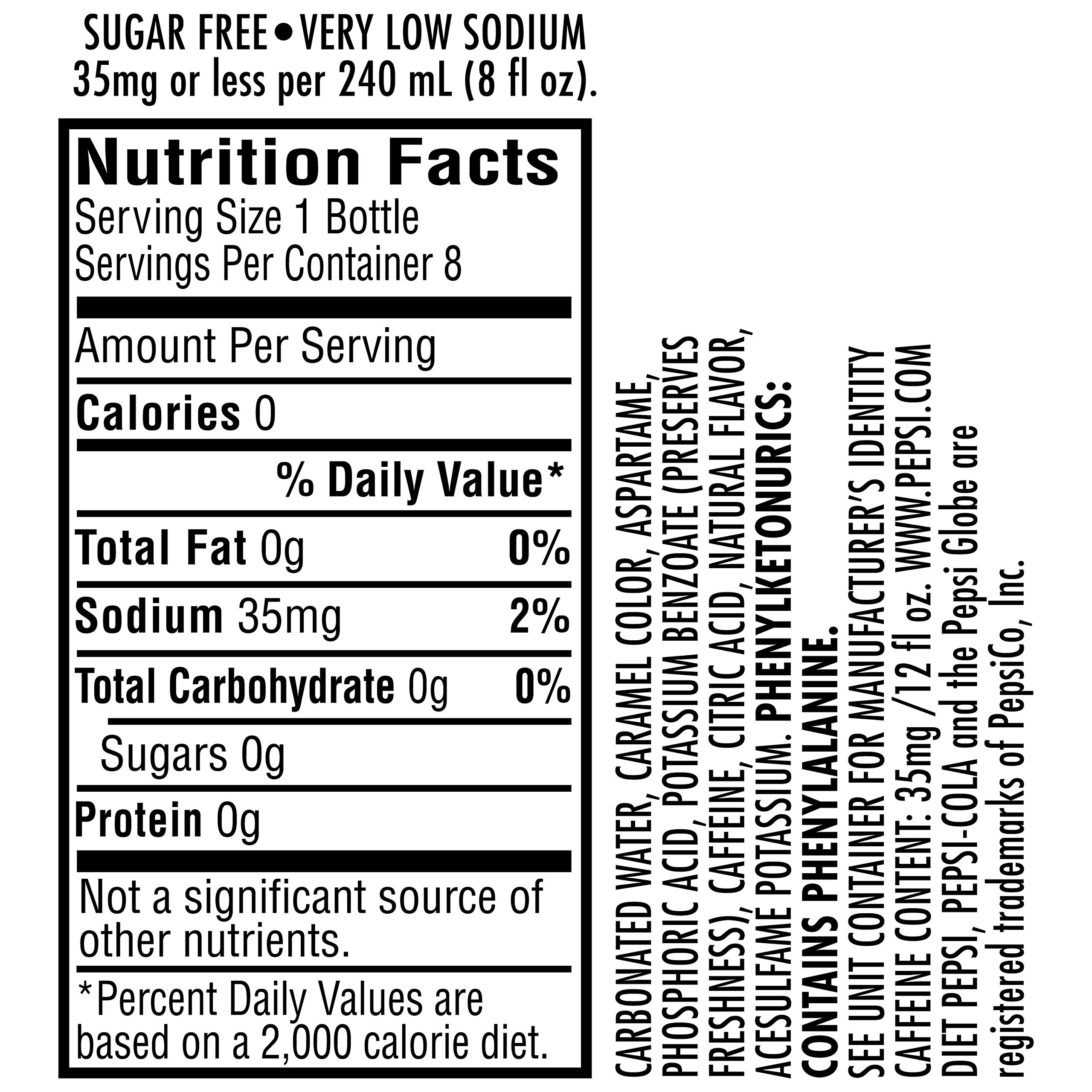
Understanding the Food Pyramid: A Roadmap to a Healthy Diet in 2025
The food pyramid has evolved significantly over the years, serving as a key visual guide to help individuals understand the components of a healthy diet. As we move into 2025, it is essential to comprehend the modern interpretation of the food pyramid and how it relates to our daily nutritional choices. This model not only helps visualize the relationship between different food groups but also emphasizes balance, variety, and moderation, crucial for maintaining a healthy lifestyle.
Embracing the food pyramid can lead to a better understanding of nutrition guidelines, encouraging people to consume enough fruits and vegetables, whole grains, lean proteins, and healthy fats. Following these dietary recommendations can improve health outcomes, support weight management, and prevent obesity-related diseases. In this article, we will explore the food pyramid in depth, highlighting balanced meals, portion control, and mindful eating habits while providing practical tips for meal planning.
Key takeaways from this discussion will include the importance of dietary diversity, the role of portion sizes in a balanced diet, and how mindful eating can enhance overall health.
Building the Food Pyramid: The Foundation of Healthy Eating
To truly grasp the concept of the food pyramid, it's vital to understand its overall structure. At the base of the pyramid are fruits and vegetables, which should form the largest part of our diet. These nutrient-dense foods provide essential vitamins and minerals, dietary fiber, and antioxidants that support various health benefits.
Next, whole grains occupy the second tier of the pyramid. Foods like brown rice, quinoa, and whole-grain bread are integral parts of a balanced diet, providing energy through carbohydrates and contributing to digestive health.
Moving upwards, lean proteins, such as chicken, fish, beans, and legumes, are recommended in moderate amounts. These foods are crucial for muscle maintenance, repair, and overall bodily functions. Lastly, healthy fats, including avocados, nuts, and olive oil, should be included in moderation to support heart health and nutrient absorption.
This clear categorization of food groups helps individuals make informed dietary choices, ensuring they consume a balanced mix of macronutrients.
With this foundational understanding in place, let’s dive deeper into the specific components of a balanced meal that align with the food pyramid model.
Crafting Balanced Meals with the Food Pyramid
Creating balanced meals is essential for promoting overall wellness and meeting daily energy requirements. Each balanced meal should ideally incorporate a variety of food groups represented in the food pyramid to maximize nutrient intake. For instance, a well-rounded plate might consist of a source of protein, a serving of whole grains, and plenty of fruits or vegetables.
It’s also important to consider portion sizes when preparing meals. Utilizing visual cues—like measuring out grains or checking serving sizes on food labels—can help maintain portion awareness and prevent overeating. Another practical approach is the “plate method,” which involves filling half of your plate with vegetables, a quarter with lean proteins, and the remaining quarter with whole grains.
Incorporating healthy snacks into your daily routine also aids in maintaining balanced nutrition and energy levels throughout the day. Healthy snacks, such as nuts, yogurt, or fruits, can provide much-needed nutrients while aiding in portion control.
By focusing on meal composition and portion guidance, individuals can better adhere to dietary principles that promote positive health outcomes. This naturally leads us to examine the daily servings recommended for each food group.
Daily Servings and Portion Control: Striking the Right Balance
Understanding daily servings based on the food pyramid is crucial for maintaining energy balance and supporting long-term health. Each food group has recommended daily servings tailored to individual needs, considering factors like age, sex, physical activity level, and overall health goals.
For instance, adults should aim for at least 2 cups of fruits and 2.5 cups of vegetables daily, while whole grains should compose roughly half of their carbohydrate intake. Similarly, the intake of lean proteins should be approximately 5 to 6.5 ounces per day, depending on individual dietary needs.
Maintaining a schedule for meal frequency, such as having three main meals accompanied by healthy snacks, can also help in balancing daily caloric intake. This strategy aids in stabilizing energy levels and reducing the likelihood of unhealthy cravings between meals.
By integrating portion control techniques, such as using smaller plates or measuring tools, one can better adhere to these daily servings, fostering healthier eating habits over time.
To ensure continuous adherence to these dietary recommendations, it may be helpful to explore practical strategies for mindful eating.
Mindful Eating and Portion Awareness: Techniques for Improvement
Mindful eating is a practice that emphasizes awareness of the eating experience, encouraging individuals to appreciate flavors, textures, and nutrients while consuming food. This approach can significantly enhance one's relationship with food, promoting healthier eating behaviors, improving digestion, and ultimately leading to better health outcomes.
Implementing mindful eating techniques, such as slow consumption, focusing on food presentation, and eliminating distractions during meals, can help develop better eating habits. Additionally, becoming attuned to hunger and satiety cues can reinforce portion awareness and support healthy portion management.
Being present during meals allows individuals to notice their body’s signals, leading to more informed dietary choices. Avoiding mindless snacking or eating under emotional or social pressures can also reduce the risk of consuming excessive caloric intake.
Ultimately, practicing mindful eating can foster a culture of wellness and promote long-term health by encouraging individuals to embrace nutritious, whole foods. This leads us naturally into a discussion on the importance of food categorization and healthy choices in various contexts.
Food Categorization and Healthy Choices in Daily Life
Food categorization plays a vital role in establishing a deeper understanding of healthy choices. By recognizing foods within the context of the food pyramid, consumers can better navigate their meal selections in various environments, including supermarkets, restaurants, and during social gatherings.
When shopping for groceries, understanding nutrition facts and making informed decisions about food selection can help individuals select nutrient-dense options while avoiding processed or unhealthy foods. Opting for whole, minimally processed ingredients is crucial for achieving a balanced diet.
In dining out, being aware of portion sizes and menu choices allows for healthier eating out options without compromise. Making requests for healthier cooking methods, such as grilling instead of frying, can contribute to better health outcomes.
Furthermore, cultural influences may play a role in food selection and should be celebrated. Understanding how cultural dietary practices align with or diverge from the food pyramid can open up new avenues for healthy eating, allowing for diversity in diet.

This awareness leads back to our earlier discussions around meal planning, fostering a holistic approach to health and nutrition that emphasizes a balance of all food groups.
Long-Term Health Benefits and Sustainable Eating Practices
Embracing a well-structured food pyramid and understanding its components can lead to significant long-term health benefits. By practicing sustainable eating habits, such as prioritizing local produce and reducing food waste, individuals can foster not only personal health but also community wellness.
Incorporating a variety of foods provides different nutrients essential for enhancing metabolic health, reducing health risks, and preventing chronic diseases. Regular physical activity, combined with mindful eating and nutrition education, further complements a balanced diet, thereby improving overall health outcomes.
Moreover, adopting healthy cooking techniques and being selective with ingredient choices influence dietary improvements. Engaging in community health efforts, such as group cooking classes or educational workshops, can provide vital resources to support individuals on their journey toward enhanced health.
Ultimately, making informed choices, whether at home, in restaurants, or through community interactions, can lead to sustainable diets and healthier lifestyle adjustments that benefit everyone.

Q&A: Addressing Common Questions about the Food Pyramid
What is the food pyramid?
The food pyramid is a visual representation of dietary guidelines that categorizes food groups to promote a balanced and nutritious diet.
How do I know my daily servings based on the food pyramid?
Daily servings vary based on age, sex, and physical activity levels. It's recommended to consult dietary guidelines that specify servings for each food group.
What are some tips for portion control?
Use smaller plates, measure your food, and focus on mindful eating to help maintain portion awareness and prevent overeating.
How can I incorporate variety into my diet?
Experiment with different fruits, vegetables, whole grains, and proteins each week, and try new cooking methods to keep meals interesting and nutritious.
How does the food pyramid support health outcomes?
A well-balanced food pyramid promotes nutrient intake, supports weight management, reduces health risks, and enhances overall well-being through informed dietary choices.